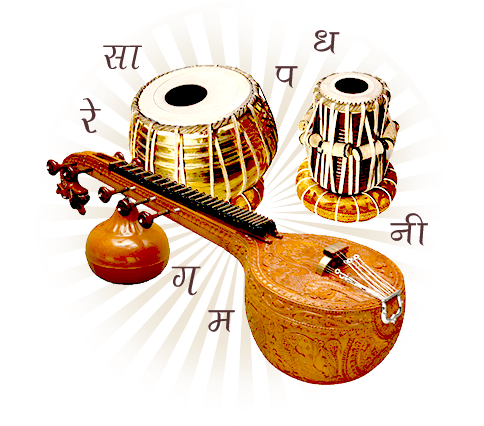
Indian classical music is the classical music of the Indian subcontinent, this includes India, Pakistan, Bangladesh, Sri Lanka and Nepal. It has two major traditions: the North Indian and Pakistani classical music tradition is called Hindustani, while the South Indian and Sri Lankan expression is called Carnatic. These traditions were not distinct until about the 16th century. During the period of Islamic rule of the Indian subcontinent, the traditions separated and evolved into distinct forms. Hindustani music emphasizes improvisation and exploring all aspects of a raga, while Carnatic performances tend to be short and composition-based. However, the two systems continue to have more common features than differences.
The roots of the classical music of India are found in the Vedic literature of Hinduism and the ancient Natyashastra, the classic Sanskrit text on performance arts by Bharata Muni. The 13th century Sanskrit text Sangita-Ratnakara of Sarangadeva is regarded as the definitive text by both the Hindustani music and the Carnatic music traditions.
Indian classical music has two foundational elements, raga and tala. The raga, based on swara (notes including microtones), forms the fabric of a melodic structure, while the tala measures the time cycle. The raga gives an artist a palette to build the melody from sounds, while the tala provides them with a creative framework for rhythmic improvisation using time. In Indian classical the space between the notes is often more important than the notes themselves, and it does not have Western classical concepts such as harmony, counterpoint, chords, or modulation.
